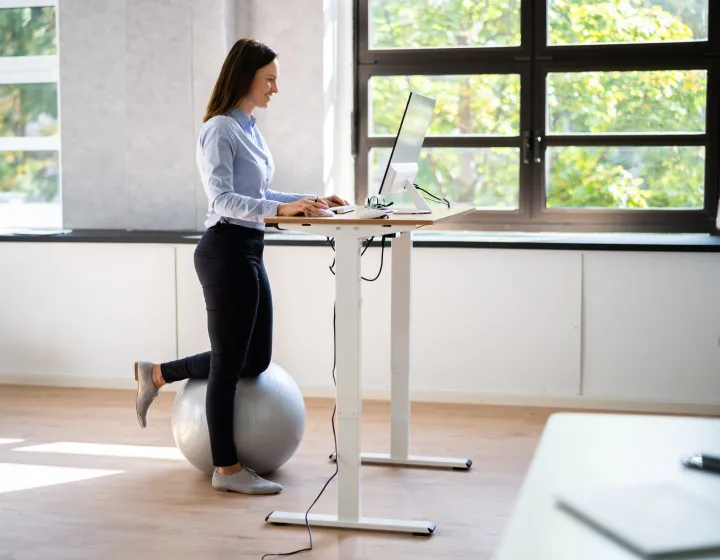Your spine is the backbone of your body – literally and figuratively. It provides structural support, enables movement, and protects your spinal cord, a crucial part of your nervous system. Taking proactive steps to safeguard your spine is an investment in your overall health and well-being.
Remember, chiropractic care is not just about treating pain; it’s about optimizing your body’s function and empowering you to live your best life. By taking a proactive approach to spinal health, you’re taking a crucial step towards a healthier, happier you.








By following these wellness tips, you can take proactive steps to protect your spine, prevent injuries, and improve your overall well-being.
Remember, if you have any specific concerns or conditions, it’s always best to consult with a healthcare professional for personalized advice.
Have questions about your spinal health or how chiropractic care can help? We’re here for you. Reach out to Summit View Health Center today.